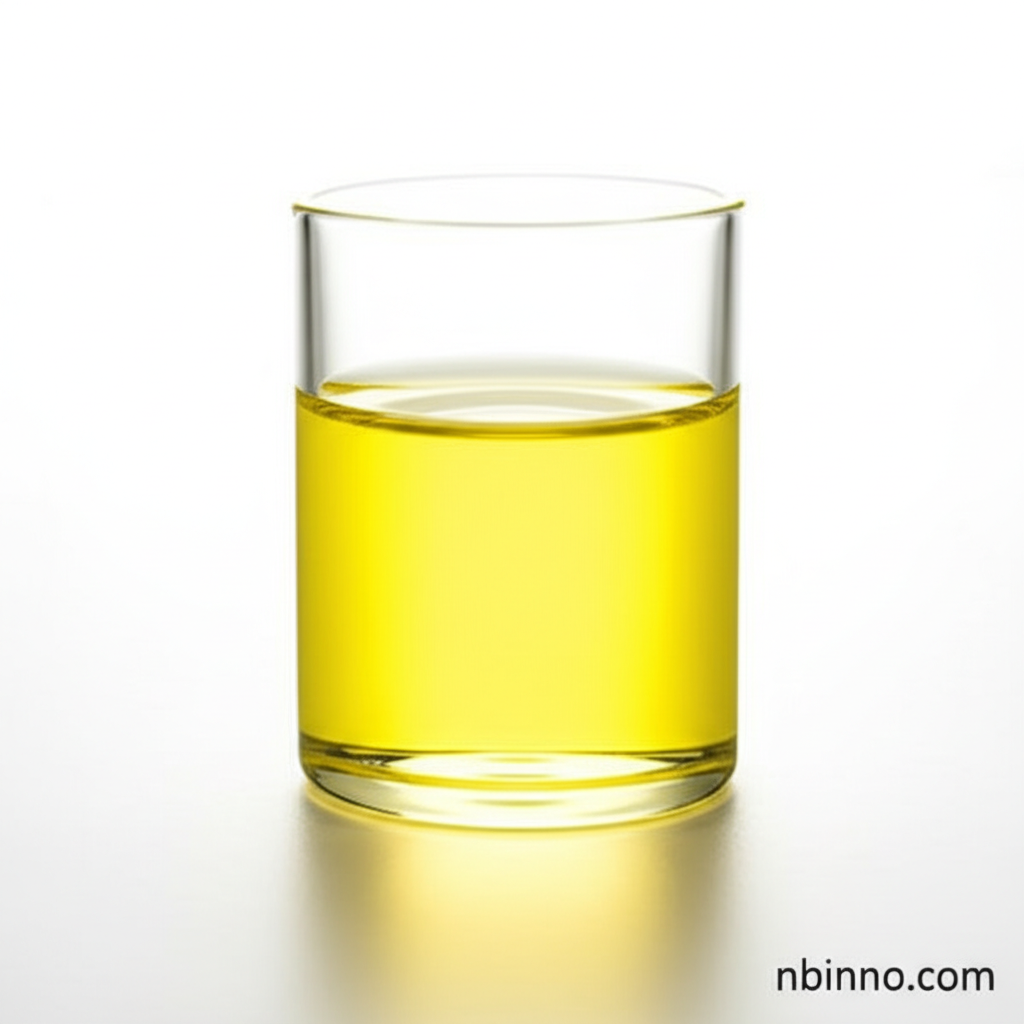Hydroxypropyl Methylcellulose Phthalate: Enhancing Drug Delivery and Solubility
A key pharmaceutical excipient for advanced enteric coating and amorphous solid dispersion applications.
Get a Quote & SampleProduct Core Value

Hydroxypropyl Methylcellulose Phthalate
Hydroxypropyl Methylcellulose Phthalate (HPMCP) is a vital pharmaceutical excipient primarily recognized for its role in enteric coating. Its unique property of dissolving at specific pH levels, typically between pH 5.0 and 5.5, makes it ideal for protecting sensitive drugs from the acidic environment of the stomach and ensuring targeted release in the small intestine. This pH-dependent drug delivery is crucial for optimizing therapeutic efficacy and patient outcomes.
- Discover the benefits of using HPMCP for effective enteric coating of tablets and pellets, ensuring precise drug release.
- Explore how HPMCP acts as a matrix polymer in amorphous solid dispersion systems, significantly boosting drug solubility for poorly soluble compounds.
- Learn about the different grades of HPMCP, such as HP-55 and HP-50, and how their varying pH solubilities cater to specific formulation needs.
- Understand the application of HPMCP in taste masking and sustained release formulations, contributing to improved patient compliance and drug performance.
Key Advantages
Precise pH-Dependent Release
Leverage HPMCP's ability to disintegrate within a controlled pH range, enabling targeted drug delivery and improved therapeutic outcomes in pharmaceutical formulation.
Enhanced Drug Solubility
Utilize HPMCP in amorphous solid dispersion technologies to overcome challenges associated with poorly soluble active pharmaceutical ingredients, leading to better bioavailability.
Versatile Application
Benefit from the versatility of HPMCP, which is suitable for enteric/delayed release coating of tablets, pellets, and capsules, as well as for amorphous solid dispersion systems.
Key Applications
Enteric Coating
HPMCP is extensively used for enteric coating of solid dosage forms, acting as a protective barrier against gastric acid and facilitating drug release in the intestine, a key aspect of pH-dependent drug delivery systems.
Amorphous Solid Dispersion (ASD)
As a matrix polymer in ASD, HPMCP significantly improves the solubility and bioavailability of poorly water-soluble drugs, a critical factor for effective oral administration.
Taste Masking
The film-forming properties of HPMCP allow for effective taste masking of bitter or unpleasant-tasting APIs, enhancing patient acceptance and compliance with medication.
Sustained Release Formulations
HPMCP can be incorporated into sustained release formulations, controlling the rate of drug release over an extended period, thereby optimizing therapeutic effects and reducing dosing frequency.
